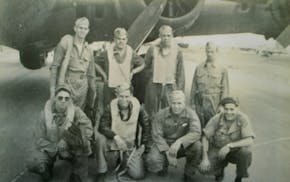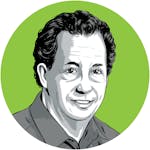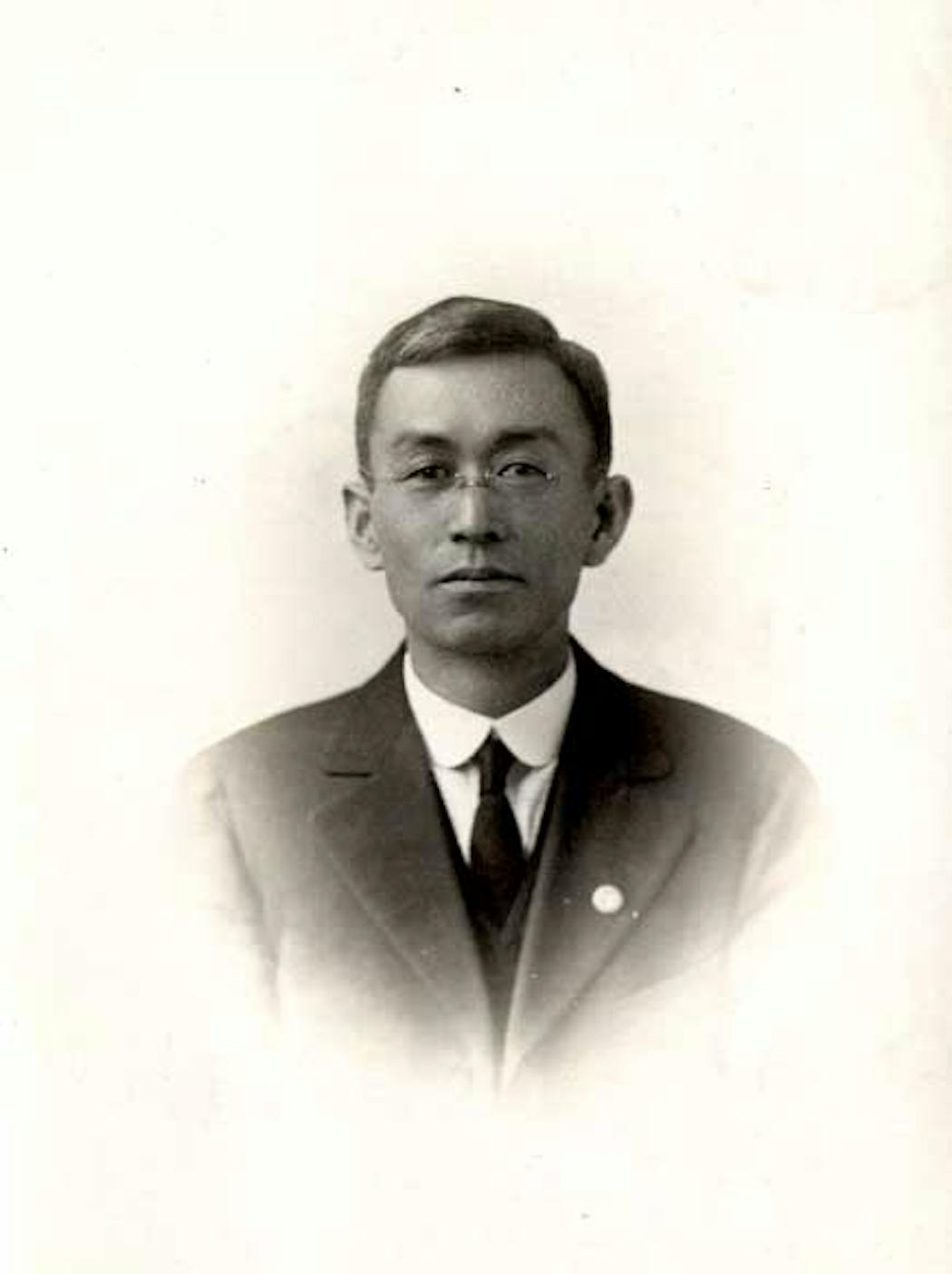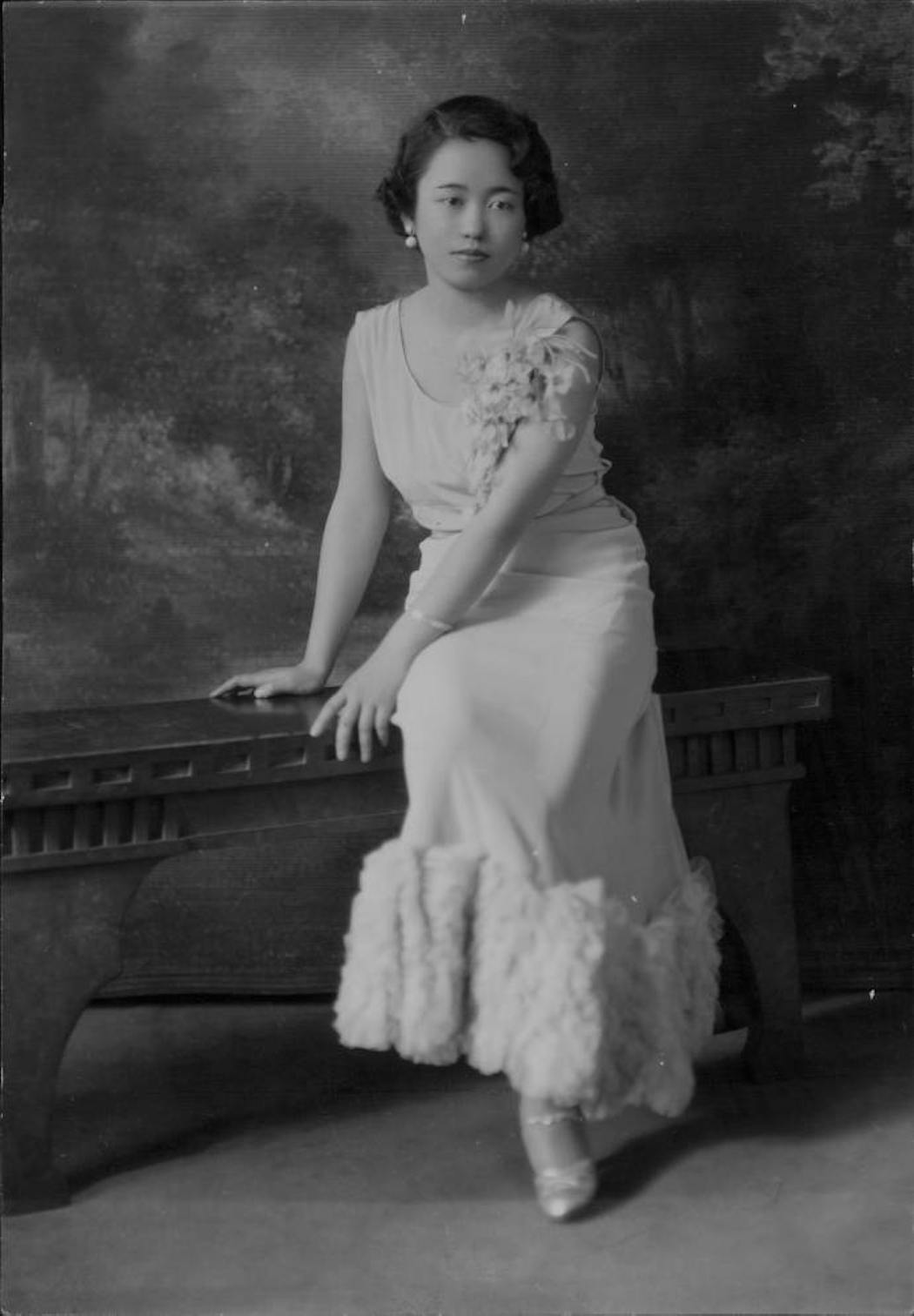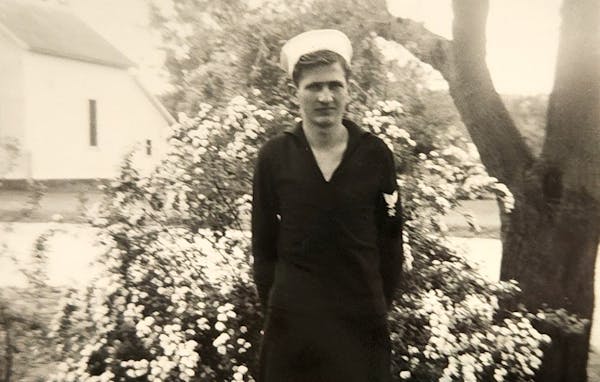At 18, Kiyoshi Kitagawa was presented with a platinum wristwatch as the "most efficient" freshman cadet in the University of Minnesota's Reserve Officers' Training Corps. As uniformed Army brass looked on, a white-gloved woman from the Daughters of the American Revolution gave him the award during an ROTC inspection.
According to the Minneapolis newspapers in May 1933, Kitagawa was the "best all-around cadet" with "unusual proficiency" in riflery and marching, and had "proved his patriotism for the United States with five years of military training." He wasn't as great at predicting the future, though.
"Japan would never be foolish enough to try to attack the United States," he told the Minneapolis Journal. "The distance is too far, this nation is too big. ... The whole idea is preposterous."
Kitagawa would eventually became an Army major, serving in World War II during a military career spanning two decades, from 1943 to 1963. But before that, the Wisconsin native joined 18,000 Japanese Americans interned at a camp in Arizona — becoming one of about 70,000 citizens of Japanese ancestry rounded up after President Franklin Roosevelt issued Executive Order 9066 in 1942.
"Kiyoshi is working from 7 a.m. to 11 p.m. … But afraid he may [tire] out mentally and physically" in steamy Arizona, wrote his father, Tometaro Kitagawa, then 66, in his diary on Sept. 11, 1942 — one of dozens he kept from 1918 to 1960.
Tometaro's granddaughter, Marilyn Lauglo, donated the 44 pocket-sized diaries to the Immigration History Research Center Archives at the U in 2019. Her cousin, Kiyoshi's daughter Sharon Kitagawa, has painstakingly transcribed them.
"My grandfather's diaries were important to us because it was something which revealed his insights," said Sharon, 80, who was born in that Arizona internment camp and has lived in New York City since 1979.
Marilyn, 78, remembers seeing the diaries on her grandparents' dining room table in Minneapolis. "My grandfather's comments are sparse," she said from her home in Norway. "But I thought such a complete set was unusual."
U archivist Maura Coonan agrees. "The collection gives great insight into his life as a Japanese American and small-business owner," said Coonan, who helped digitize the diaries at the U and augmented the collection with a deep dive into newspaper archives (see her story on the diaries at tinyurl.com/KitagawaDiaries).
St. Paul historian Patti Kameya, who has secured a state grant to research the Kitagawa family, gave a recent lecture at the Rice County Historical Society in Faribault, Minn. — where in 1932 Kiyoshi became the first Shattuck Military Academy graduate of Asian ancestry.
Coonan and Kameya unearthed newspaper accounts showing Kiyoshi wasn't the only Kitagawa sibling to make headlines. His sister Nobuko, then 16, "displayed a well grounded technique and a sense for interpretation" of Beethoven and Chopin in her 1933 debut piano recital at MacPhail auditorium, according to the Minneapolis Journal. The accolades reflected how "comfortably established" the Kitagawa family had become in 1930s Minneapolis, Marilyn said.
Born in Japan, Tometaro immigrated to the United States around 1900 and earned a civil engineering degree from the University of Wisconsin in Madison in 1911. He returned to Japan in 1913 and married Yone Nishiyama, who was nearly 18 years younger.
The couple settled in Madison, where Kiyoshi and Nobuko were born, before moving in 1919 to Minneapolis, where Tometaro operated a downtown Japanese imports and art shop. Two more daughters, Miyo and Kazuko, joined the family at a time when there were only 40 people with Japanese roots in Minneapolis.
Marilyn remembers her grandfather as "austere" and her grandmother "like the kind fairy godmother in Cinderella. ... She was funny, roundish, liked pretty things and was a good cook." A neighbor recalls seeing Yone with her three daughters in downtown Minneapolis, all impeccably dressed.
"Family lore says that my grandma sewed new dresses for them each week," said Marilyn, Miyo's daughter.
Nobuko married a doctor and moved to California before her family was forced to move to an internment camp in Denson, Ark. Kiyoshi had also moved to California to help work on a relative's ranch after the family import business in Minneapolis went broke amid boycotts after Pearl Harbor.
After eight months in the Arizona camp, Kiyoshi joined the Army's 100th Battalion, 442nd Infantry Regiment "to get out of the camps," daughter Sharon said. Kiyoshi then spent three years in Europe before returning to Minnesota to work at the Military Language School at Fort Snelling.
After the war, Tometaro worked as a dry cleaner. He died in 1962 and Yone died 14 years later; they're buried in Minneapolis' Lakewood Cemetery. Kiyoshi died in 1990 at the age of 76 and was buried at Fort Logan National Cemetery in Denver, and Nobuko was 92 when she died in California in 2008.
Curt Brown's tales about Minnesota's history appear every other Sunday. Readers can send him ideas and suggestions at mnhistory@startribune.com. His latest book looks at 1918 Minnesota, when flu, war and fires converged: strib.mn/MN1918.

Minnesota History: Ad man turned Paul Bunyan into a folklore icon
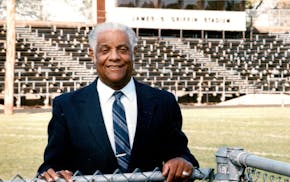
Minnesota History: James Griffin used persistence to blaze a trail for St. Paul's Black police officers
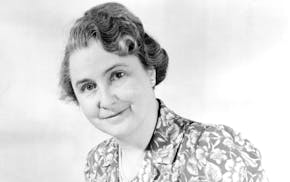
Minnesota History: For Granite Falls doctor who tested thousands of kids for TB, new recognition is long overdue
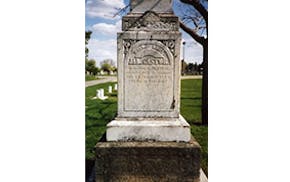
Minnesota History: A New Ulm baker wearing a blanket fell to friendly fire in the U.S.-Dakota War
